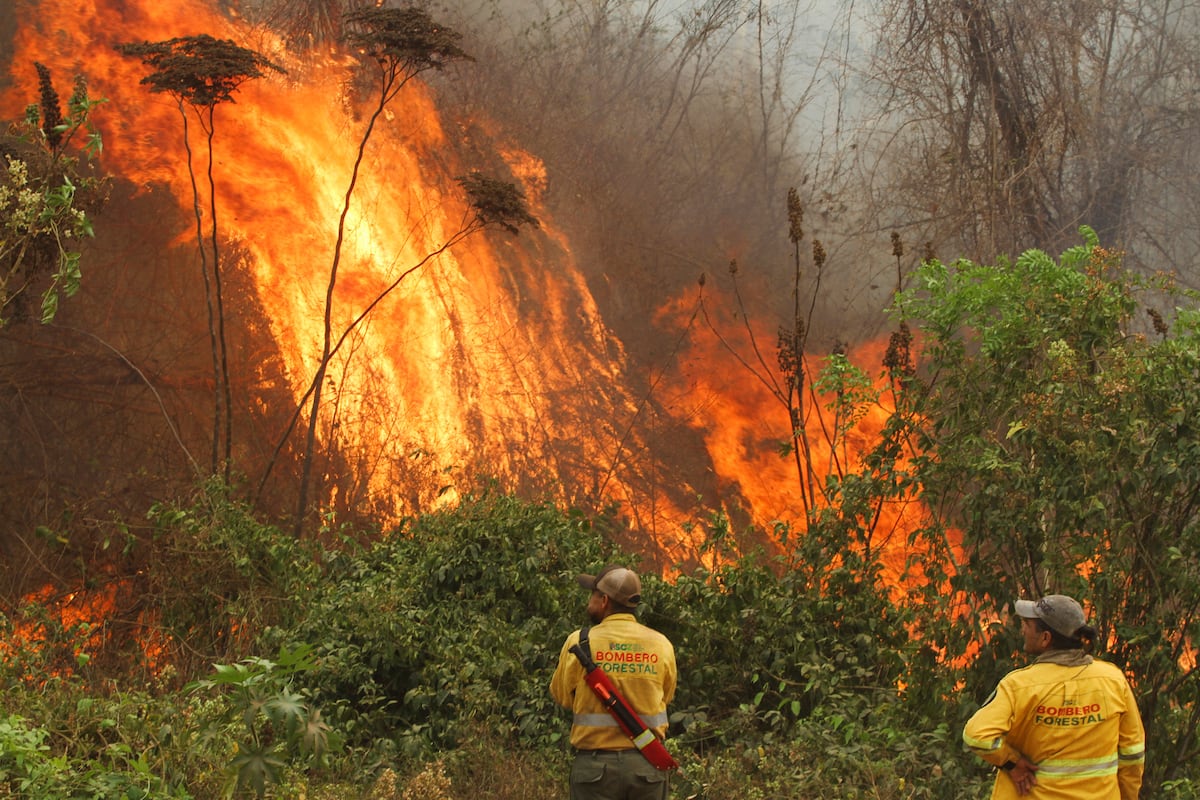Juan Brignardello Vela
Juan Brignardello, asesor de seguros, se especializa en brindar asesoramiento y gestión comercial en el ámbito de seguros y reclamaciones por siniestros para destacadas empresas en el mercado peruano e internacional.




The Intergovernmental Oceanographic Commission of UNESCO (IOC) has issued a alarming warning: a tsunami of catastrophic proportions could hit Spain in the near future, with a probability of 100%. This threat looms over the Mediterranean region, specifically on the Averroes fault, located under the Alboran Sea, between the coast of Malaga and North Africa. According to experts, an earthquake in this area could trigger waves up to six meters high, which would reach the Spanish coasts in just 21 minutes. This speed would leave residents of coastal areas with only 35 minutes to evacuate to safer areas in the country's interior. Historically, Spain has experienced seven tsunamis since 365 AD, but what is looming could far exceed all previous ones in magnitude and devastation. Globally, the Mediterranean has been the scene of around 100 tsunamis since the beginning of the 20th century, representing approximately 10% of the total tsunamis recorded worldwide during that period. Although tsunamis in the northeastern Atlantic are less frequent, the region is not free from dangers. An example of the destructive capacity of these natural events was the magnitude 8.5 earthquake that shook Lisbon in 1755, triggering a tsunami that affected Portugal, Spain, Morocco, and even reached the southwest of the United Kingdom and Ireland. While the projected dimensions for the possible tsunami in Spain may not match past tragedies like the Indian Ocean in 2004 or Japan in 2011, the magnitude of this event would be sufficient to trigger a significant emergency. Helène Hébert, national coordinator of the French Tsunami Alert Center, has pointed out that although waves are not expected to exceed two meters in height, tsunamis pose a serious threat due to the flows and currents of water that can cause flooding and severe damage to coastal infrastructures. Experts also warn about the importance of the speed at which a tsunami can reach the coast. In the case of an earthquake off the coast of Malaga, waves could arrive within a span of 21 to 35 minutes, while a seismic event near Algeria could generate a tsunami that crosses the sea in just an hour and 15 minutes. In light of this situation, local authorities and coastal communities must take preventive measures and be prepared to act swiftly in the event of a tsunami. The city of Chipiona, in the province of Cadiz, has conducted evacuation drills as part of efforts to become the first Spanish municipality "prepared for a tsunami." It is essential to strengthen early warning measures, evacuation plans, and public awareness of the threat posed by a possible tsunami in Spain. Prevention and preparedness are key to mitigating the impact of natural disasters like this, which could endanger the lives and safety of thousands of people in the country's coastal areas.
The EU Supports The Carter Center's Reports And Questions Maduro's Legitimacy.

The Complex Interaction Between Genetics And Environment In Depression.

"Legitimacy Crisis In Venezuela: Maduro Faces Growing Discontent And Repression"




:quality(85)/cloudfront-us-east-1.images.arcpublishing.com/infobae/OKWA4HWUTFHW3DVEQLOOU6DWKY)

-U18402306776Wct-1024x512@diario_abc.jpg)